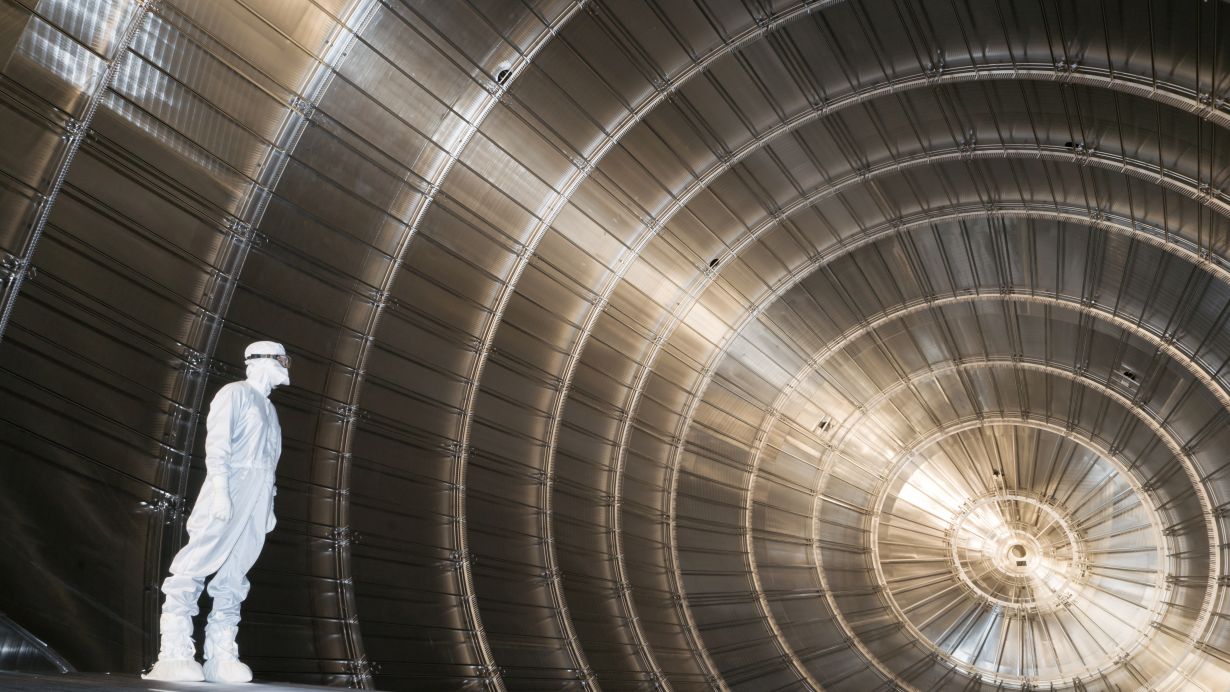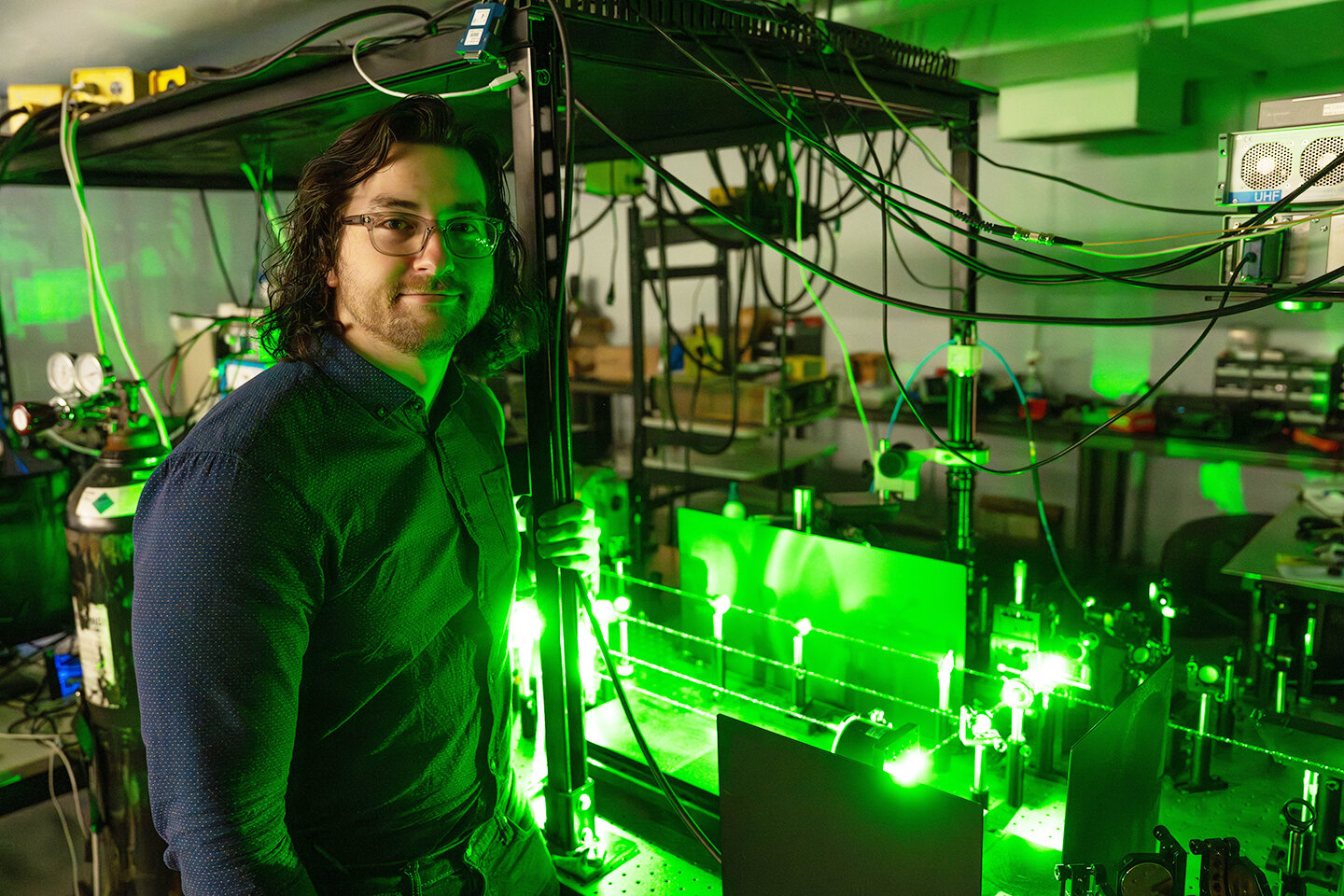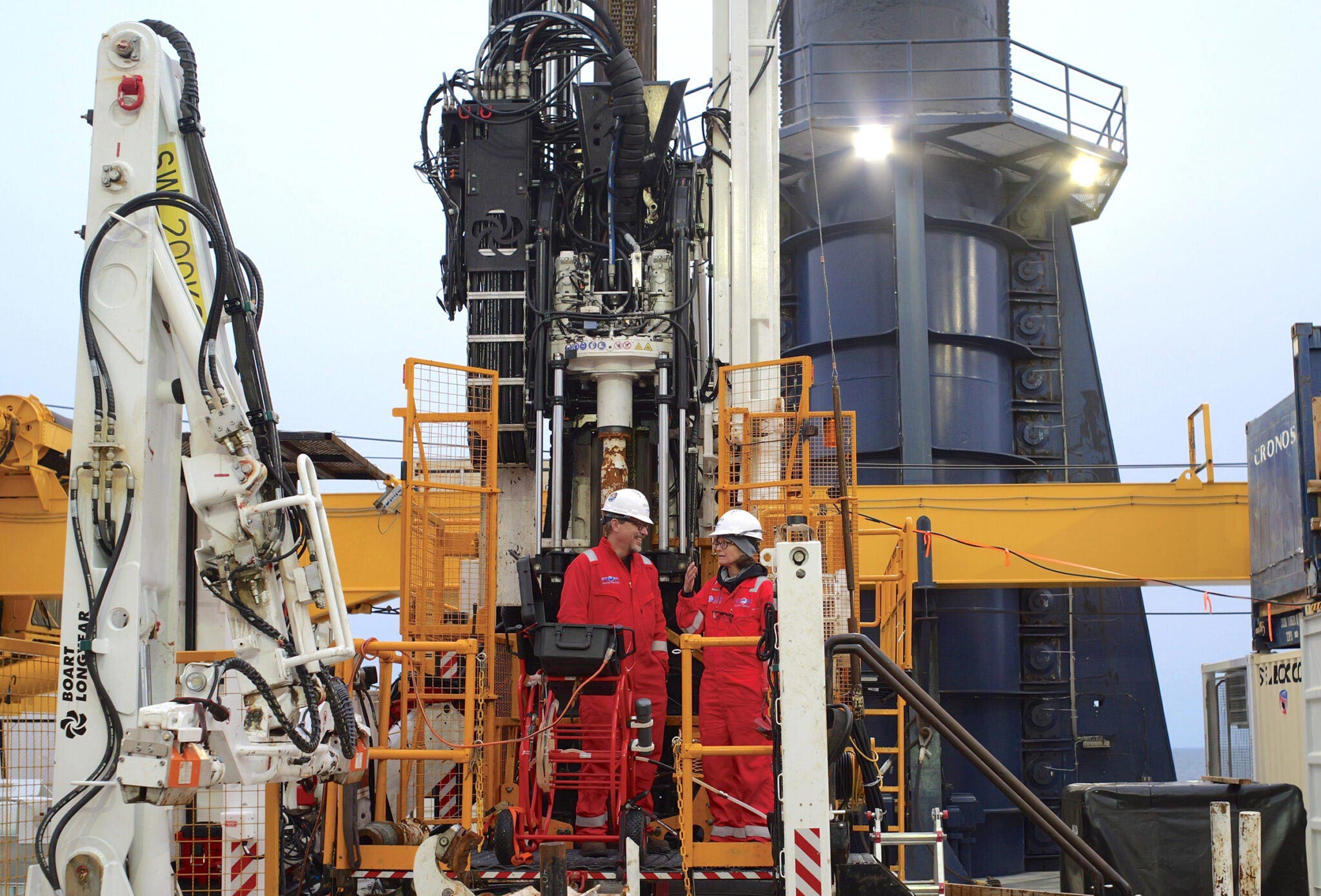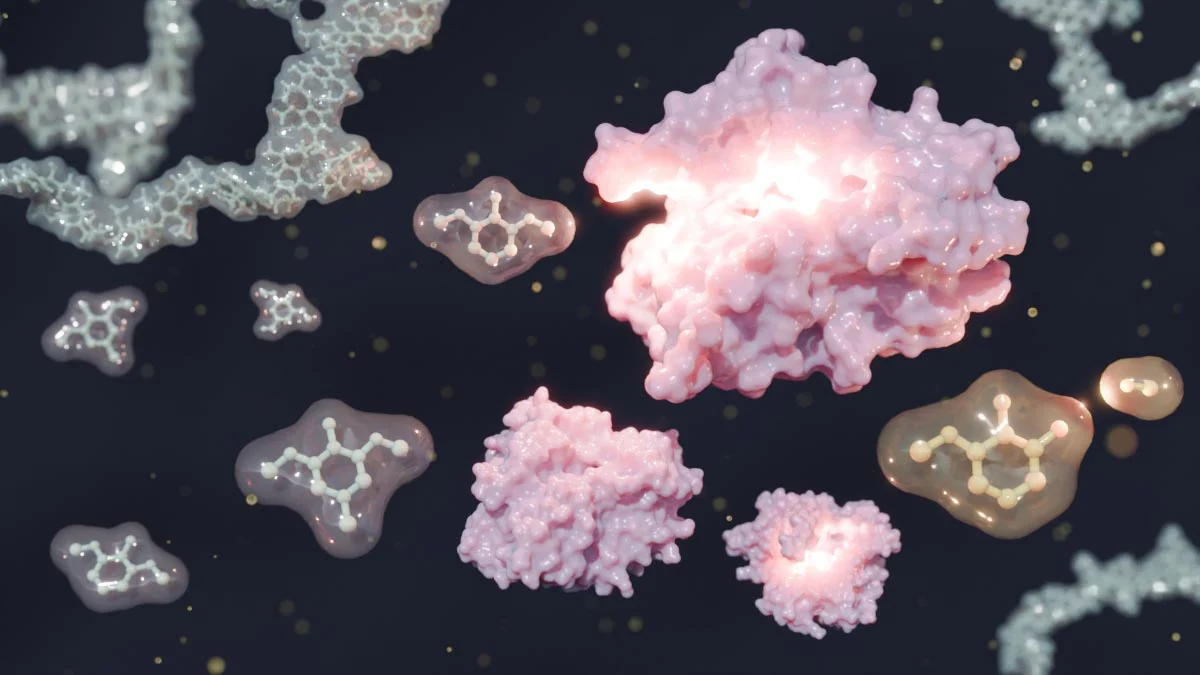Co-chief scientists Brandon Dugan of the Colorado School of Mines and Rebecca Robinson of the University of Rhode Island chat on the drill floor while monitoring the groundwater pump controller. Credit: Erwan LeBer, ECORD IODP³
What is subseafloor freshwater?
Under the ocean floor lie pockets of liquid water trapped in porous sediments. This water is not part of a river or a lake; it’s a distinct groundwater system sealed within the rocks and sediments of the seabed.
Definition
Subseafloor freshwater refers to freshwater that remains isolated below the seabed, separated from overlying seawater by layers of rock and mineral deposition. The pressure and mineral content help keep it separate over long timescales.
Where it’s found
Researchers suspect these reservoirs exist beneath continental shelves and can extend across large swaths of the ocean floor. They are more likely in regions with porous sediments and ancient groundwater recharge zones.
Note on scale
Quantifying the size of subseafloor freshwater is challenging. Estimates vary by region and depend on the geology and how well the system is sealed from saltwater intrusion.
How researchers detect underwater aquifers
To reveal these hidden reservoirs, scientists combine several techniques. Seismic surveys map how sound waves travel through rock; water-rich zones affect wave speeds differently than solid rock.
Seismic imaging
Ocean-floor surveys generate vibrations that travel through subsurface layers. By analyzing reflections, researchers produce a picture of beneath-the-seabed geology and identify porous pockets that could host freshwater.
Advantages and limits
Seismic methods cover broad areas and provide context, but they require careful interpretation and validation from direct sampling.
Boreholes and water sampling
Drilling into seabed sediments yields pore-water samples. Measuring salinity and chemical composition helps distinguish freshwater pockets from seawater and reveals their chemistry and distribution.
Chemical clues
Chemical tracers, isotopes, and dissolved minerals offer additional evidence about the origin and age of the trapped water and how it interacts with surrounding rocks.
The possible origins of subsea freshwater
Ancient rivers and rainfall
One leading idea is that freshwater became trapped as sea levels rose after glacial periods. Rivers and rainwater carried low-salinity water into sediments, where it remained isolated as the oceans advanced.
Geologic trapping
Porous rocks capped by sealing layers can act like natural pockets, preserving freshwater despite overlying saltwater pressures.
Why this matters
Scientific implications
These reservoirs broaden our view of the Earth’s water cycle and groundwater budgets, especially in marine settings. They could influence chemical processes in the seabed and potentially host unique microbial ecosystems.
Potential applications
In the long term, subseafloor freshwater concepts might inform unconventional water resources and subsurface ecology studies. Careful exploration is essential to avoid environmental disruption.
Resource considerations
Any prospective exploitation would require rigorous assessment of sustainability, regulatory safeguards, and cross-disciplinary collaboration among ocean scientists, hydrologists, and policymakers.
The road ahead
Open questions
Key uncertainties remain: how large these reservoirs are on a global scale, the precise salinity gradients, and how stable they are under changing ocean pressures and climate patterns.
Next steps
Researchers are expanding ocean-bottom sensor networks, refining drilling techniques, and developing models of fluid flow to answer these questions and map subseafloor water more accurately.
Curiosity spark
If water can hide beneath the sea floor for millennia, what other secrets lie buried in Earth’s hidden layers? Follow DailySciTech for more discoveries that reshape our sense of our planet.










